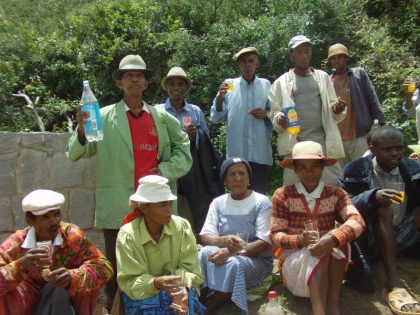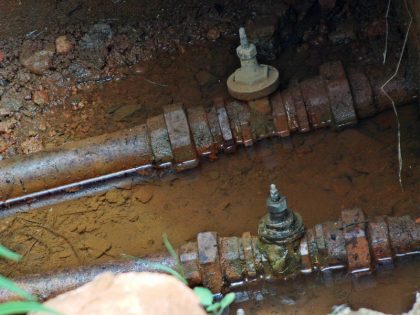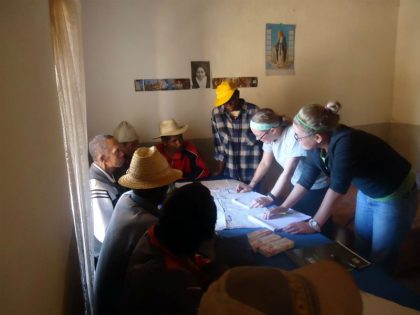 Location
Location
Zanabahona I, Commune Rurale Imito, Fandriana district, Amoron’i Mania region, Madagascar
Community Description
The village of Imito is located 224 km south of Antananarivo, the capital of Madagascar. It is a mountain town, not easily accessible by the national road, and by all means very rural—there is no electricity or running water, and the closest town (Ambositra) is 22 km south by way of a mostly unpaved dirt road.
There are 17,800 residents spread out among 22 smaller hamlets within the village of Imito, and each hamlet community varies in size and distance from the village center. Access to potable water is a major issue both within the center of Imito and throughout its smaller outlying communities. There are two health clinics located in Imito—one in the village center, and one in the hamlet of Zanabahona.
Zanabahona is one of the largest communities in Imito, separated into two parts (Zanabahona I and II) that have a combined population of 2,300. This water project will focus on the community of Zanabahona I.
 Nearly 25 years ago, the NGO Fikrafama funded the construction of the two gravity-fed water systems that exist in Zanabahona today (one in each community). There are 11 communal faucets, including those for the primary school and health clinic, in Zanabahona I’s system.
Nearly 25 years ago, the NGO Fikrafama funded the construction of the two gravity-fed water systems that exist in Zanabahona today (one in each community). There are 11 communal faucets, including those for the primary school and health clinic, in Zanabahona I’s system.
This system has been managed by the diligent local water management committee, which collects 2,500 ariary (a little over US $1.00) a year per household for routine maintenance and repair. Zanabahona I’s water system has been well maintained throughout the years, with the exception of a few minor repairs.
There is presently insufficient water for the needs of the entire community using a single source, especially during the dry season (usually from July to October). There is a second water source, but it requires development. In addition, the aqueduct needs repair.
Project Description
This project has two components:
- A second water source will be developed.
- The problems with the aqueduct will be repaired.
 The development of the second water source includes the materials (cement, rocks, rebar, pipes) and installation fees needed to complete this task.
The development of the second water source includes the materials (cement, rocks, rebar, pipes) and installation fees needed to complete this task.
The repair of the aqueduct includes replacing 5 old valves and the connecting piping. Over time, the parts have begun to deteriorate and there are several leaks in the parts, resulting in significant water loss from the system. The technician who surveyed the system determined the following replacement needs:
- One valve will be replaced between the source and the reservoir.
- Two valves will be replaced in the sections flowing out of the
reservoir. - Two valves will be replaced further down the system.
All of the work will be done by a skilled local technician.
The community will provide labor (such as digging ditches for the new pipes) and cover the cost of transporting materials. The water management committee will be required to attend basic maintenance pieces of training.
Additionally, PCV Kristen Walling will conduct water sanitation sessions focusing on water purification, point of use treatment, and diarrhea prevention for the wider community.
Project Impact
2,300 will benefit from the project.
Peace Corps Volunteer Directing Project
Kristen Walling and Charity Yoro
Comments
This is a necessary infrastructure project to provide for the basic needs of the community. There is a great amount of community support, ensuring sustainability.
Dollar Amount of Project
$520.00
Donations Collected to Date
$520.00
Dollar Amount Needed
$0.00 – This project has now been fully funded through the generosity of David and Estrella Davis, of Kaneohe, HI, USA, with the help of friends and family of Peace Corps Volunteers Kristen Walling and Charity Yaro.
We encourage others to continue to donate using the Donate button below, and we will notify Kristen and Charity of your donation. Additional funds will be used to fund the next projects by PCVs in the country of service.
This project has been finished. To read about the conclusion of the project, CLICK HERE.